 In a recent post we talked about humor. In some organizations, humor and presentations don’t go together. It is seen as too risky. In others, it is practically required. Today let’s talk about when to use humor, so we can make better choices about taking the humor risk, and hopefully enjoy the benefits.
In a recent post we talked about humor. In some organizations, humor and presentations don’t go together. It is seen as too risky. In others, it is practically required. Today let’s talk about when to use humor, so we can make better choices about taking the humor risk, and hopefully enjoy the benefits.
- When you are last on the schedule. If you are the last presentation of the day, or the one right before lunch, a lack of humor or energy is deadly. Get people to stand up. Have them introduce one another. Put a cartoon on your slides. Twist your words. Don’t push too hard, but allow humor to happen instead of the same-old-same-old delivery. It won’t take that much to show your audience that you “get it.”
- When your content is dry or boring. I don’t think any content really needs to be dry or boring, but some content has a bad rap for being difficult. This is when humor can shine. Can you use a humorous anecdote that illustrates the complexity (or the simplicity) of the content? A little story that demonstrates people’s reactions to it? Laugh at your acronyms? If you can get even a little chuckle, you can demonstrate that you can tackle this topic with grace and humor.
- When you need to build rapport, fast. Let’s say you are addressing your new team. Or pitching your service in front of a potential new client. Not a good place for a stand-up routine, but if you can say something funny, you will get a better reaction that spouting facts or lecturing for hours.
- When your audience is uptight or unhappy. OK, I didn’t say it would be easy, but if you can pull this one off you’ll look like a genius. I have always found that if I ignore the feelings of the audience, they will dig in deeper. Once I can acknowledge and accept their resistance, much of it dissipates. I have presented to people who have just lost their jobs, once literally during my workshop. We made a little joke about everyone disappearing one by one like an Agatha Christie mystery. Sometimes it is called gallows humor, but it beats crying.
- When you make a mistake. When you say the wrong thing, or the computer dies at your hands and you want to run screaming from the room, your first reaction may not be humor. But a flip comment here may be just the ticket to save you. “OK, that worked really well.” Everyone in the audience has felt awkward and uncomfortable at one time or another. If you can handle that with finesse, they will really be cheering for you.
One of the reasons I always prefer to interact with audiences rather than lecture is that someone is bound to say something funny, and we can all relax. And once your audience relaxes, they are far more likely to accept your message.
Of course, there is a wrong way and a right way to be funny. If you try too hard or say the wrong thing, it not only won’t be funny, but you could offend or antagonize your audience. Next time, some humor do’s and don’ts.
In what situations have you tried using humor in a presentation? How did it work? What advice do you have for others wishing to build their skills to successfully use humor in presentations?
 Sections of this topic
Sections of this topic















